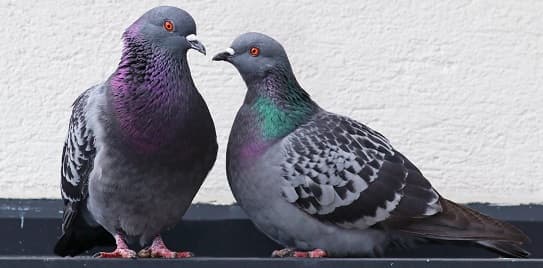Why Pigeons Always Look Busy
Pigeons strut through city streets like they’re late for meetings, but what are they really doing? A closer look reveals surprising habits behind their hurried pace.
If you’ve ever spent time in a city, you’ve probably noticed pigeons marching around with a kind of urgent determination. They don’t wander aimlessly like sparrows or pause gracefully like doves. No, pigeons strut, heads bobbing in perfect rhythm, as if they’re headed to an important meeting and running a little late. But what’s really going on?

The truth is, pigeons are not late for anything. Their distinctive walk comes from the way their eyes and brains process motion. Unlike humans, they need to keep their heads still for a fraction of a second to focus. That famous “head-bobbing” isn’t attitude—it’s a built-in visual stabilizer. In other words, pigeons look busy because it literally helps them see.
Of course, it doesn’t hurt that pigeons are genuinely occupied creatures. They’re constantly scanning the ground for food scraps, breadcrumbs, or the occasional french fry. They’re also keeping an eye out for predators, even in crowded downtown areas. To a pigeon, a pedestrian might be harmless, but a sudden movement can still signal danger. So while they appear businesslike, their agenda is simple: stay fed, stay safe.
What’s fascinating is how pigeons have adapted to city life better than almost any other bird. They nest on ledges that mimic the cliffs of their wild ancestors. They thrive on human leftovers. And they’ve learned that staying close to people often means better chances of finding food. So their “busy” act isn’t so much an act as it is survival with a confident flair.
Next time you see a pigeon strutting by, don’t laugh at its seriousness. That little bird might not have a briefcase, but it definitely has a plan.